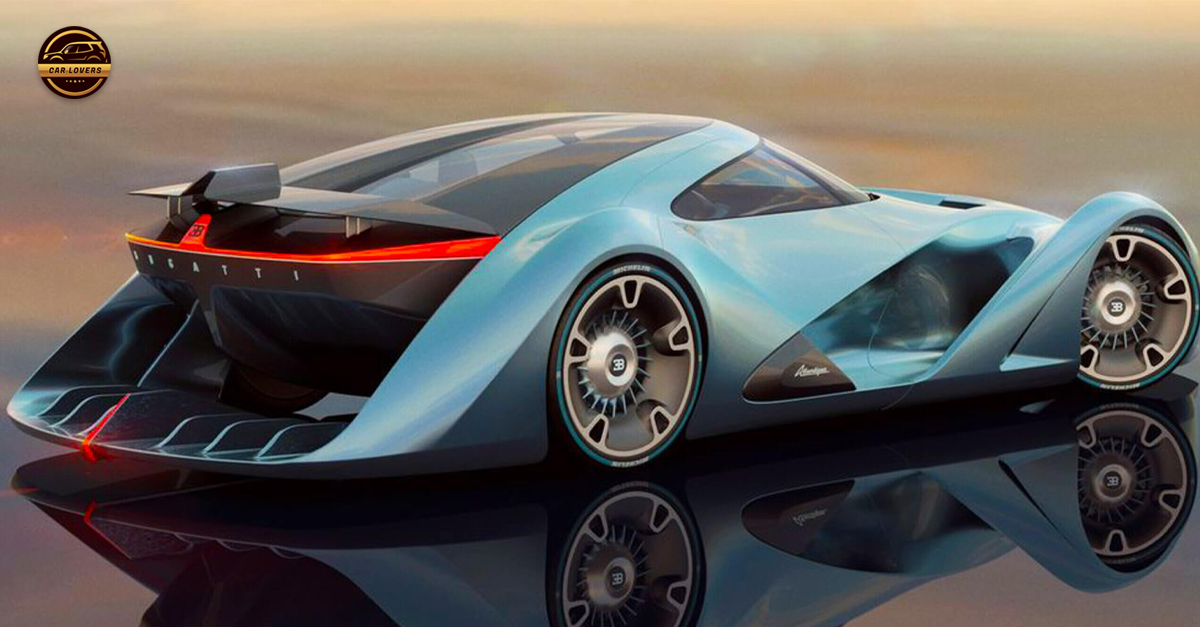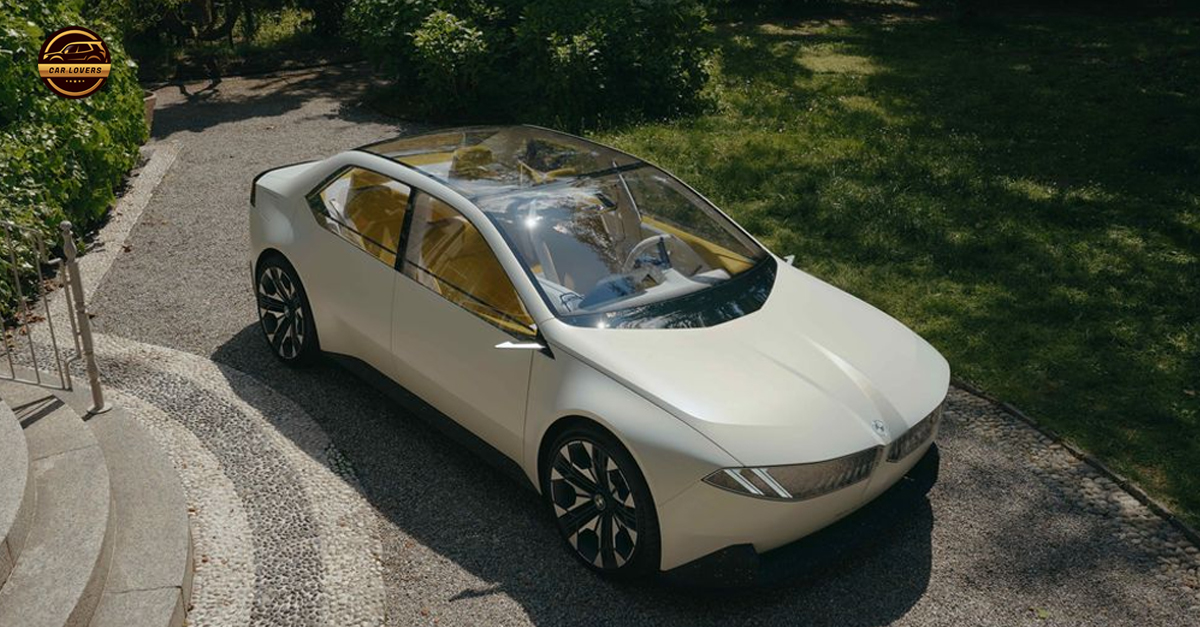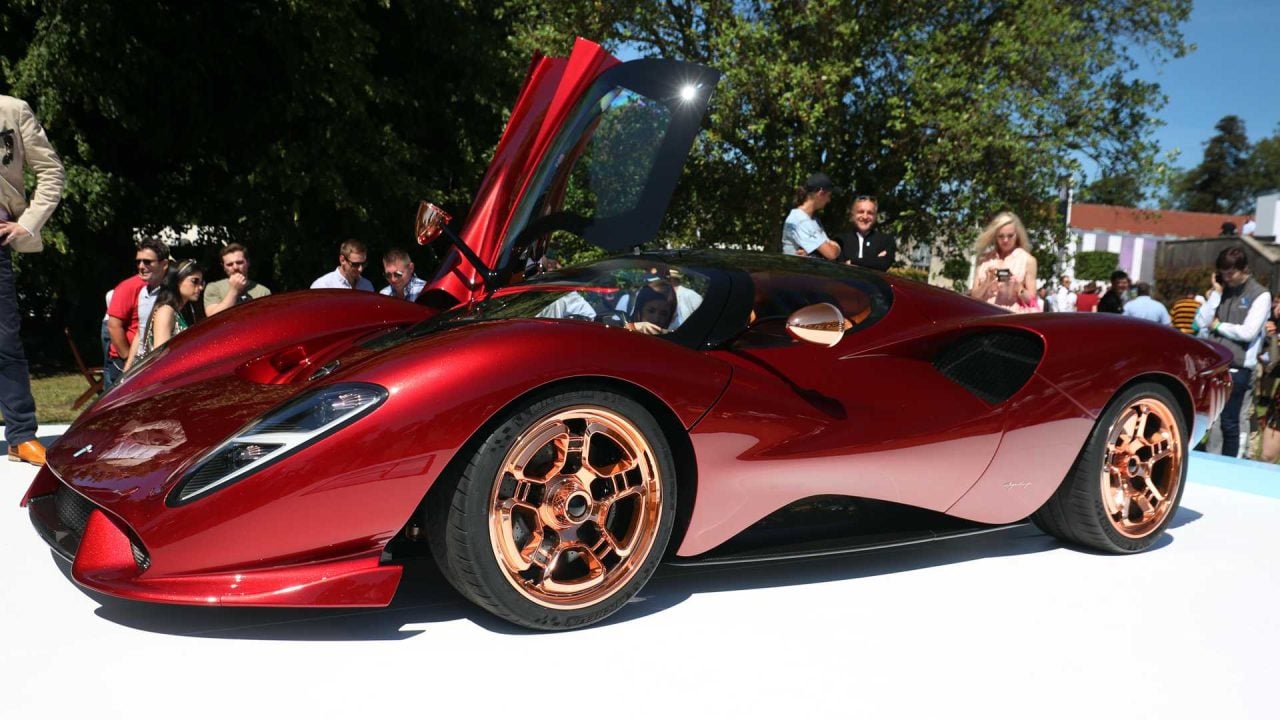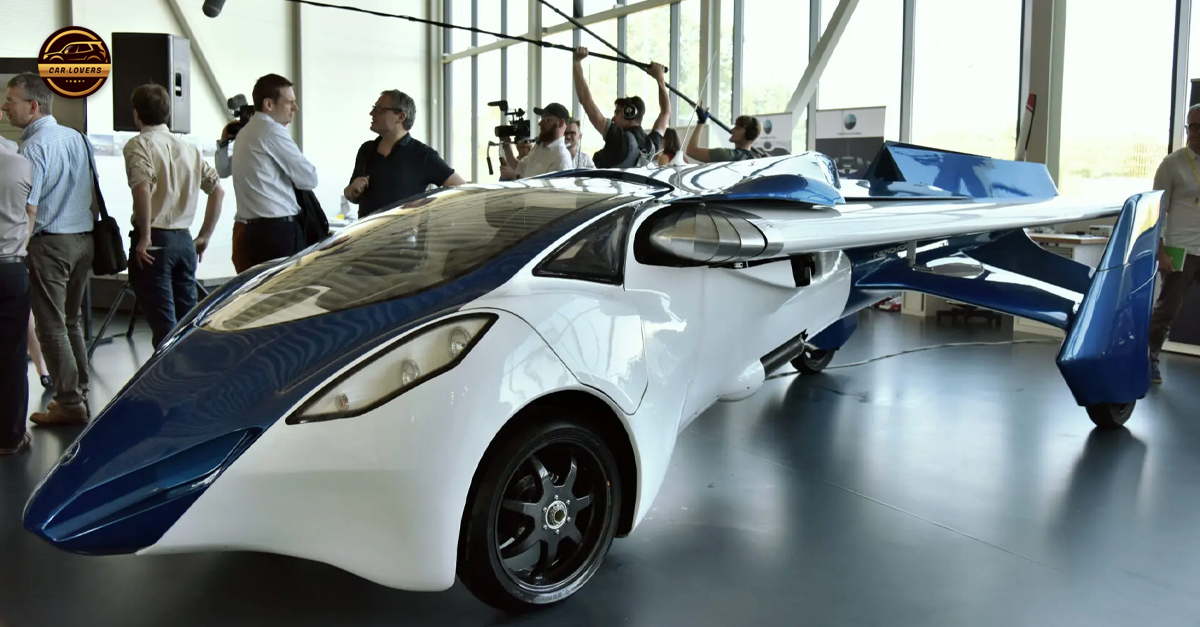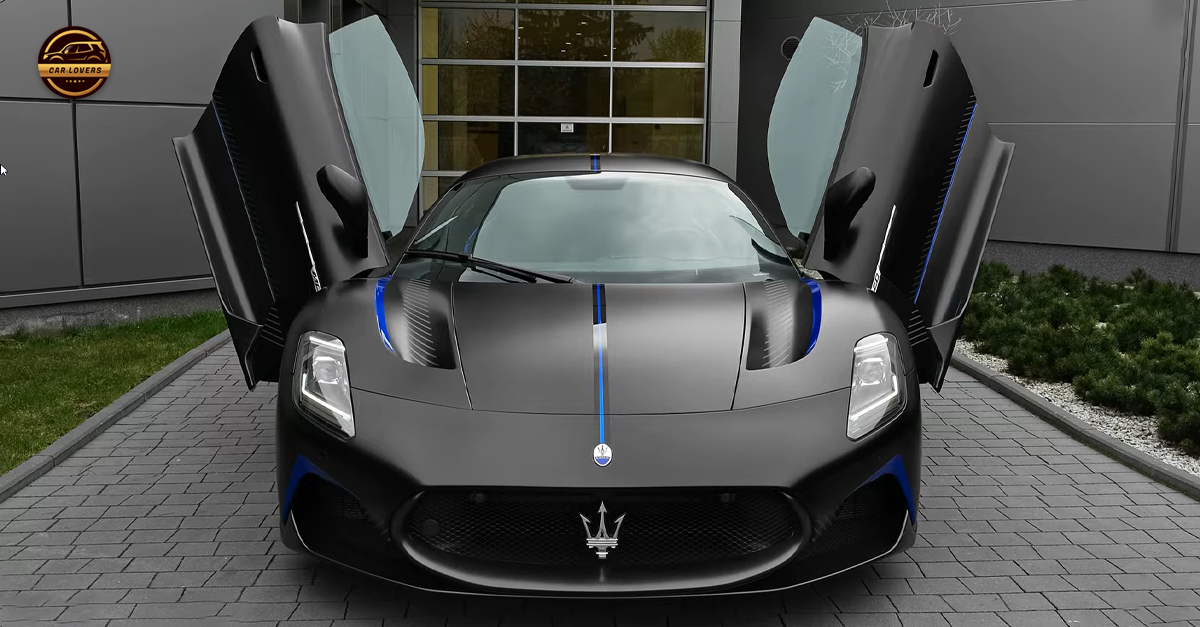For the first time ever, Honda’s decided to offer both a Civic Type R and a similarly bonkers Acura—in this case, the Integra Type S—at the same time in North America. In the late 1990s, the Integra Type R was released and sold until 2001, the end of the third generation Integra chassis run, when that nameplate was replaced by the tamer RSX Type S. The Civic Type R, meanwhile, was nowhere to be found on U.S. soil then, and wouldn’t arrive stateside for the first time until 2016.

Now it’s Acura’s turn to debut a new hot hatch in America, though it’s more of a resurrection. After all, thanks to the original Integra Type R, Acura’s been down this road before. Today, the mightiest Integra becomes the Type S, and it’s been highly anticipated since the Integra comeback was announced. Though it’s not technically a Type R, the new Integra’s Type S badging is applied in the same spirit, providing a higher performance version of the five-door hatchback that, on paper, matches up closely with the CTR it shares its shares its DNA with, and unforgivingly buries the standard Integra in every respect. So, about that DNA—is the Type S really just an Acura-badged Civic Type R, or something more? Here’s a look at both hot hatches and how they compare on paper:

Type S vs. Type R: Powertrain
By now, everyone’s well aware that new Integra Type S gets the same turbocharged DOHC 2.0-liter four-cylinder K20C1 engine, six-speed manual transmission, and limited-slip front differential used by the Civic Type R, though it does get a slight bump in horsepower, bringing the output up from 315 hp to 320 hp; torque remains the same at 310 lb-ft. Those additional ponies are the result of a high-flow exhaust system, which exits through a trio of finishers just like the Type R, as well as some software tweaks in support. Acura mentions that the Type S sound is distinct for each of its driving modes and in Sport Mode, includes “pops and bangs.”

| Acura Integra Type S | Honda Civic Type R | |
| Engine | turbo DOHC 2.0L I-4 | turbo DOHC 2.0L I-4 |
| Horsepower | 320 hp | 315 hp |
| Torque | 310 lb-ft | 310 lb-ft |
| Transmission | 3,219 lb | 3,188 lb |
| Curb weight (mfr) | 6-spd manual | 6-spd manual |
This is the same engine carried over from the previous generation Civic Type R, by the way, though it uses an updated turbo with eight blades (two more than before), and a smaller 45-mm intake opening as opposed to the older model’s 50 mm, which leads to an earlier spool effect and increased peak torque. In addition, the exhaust housing now uses a smoother transition, reducing back pressure and creating less turbulence.

We’ve heaped praise on the Civic Type R for its ability to harness that power and deliver a user-friendly handling experience at speed even with the shortcomings—such as they are—of a front-wheel-drive layout. But its performance on the track, including a record-setting performance at Suzuka Circuit, speaks for itself. Pre-reveal online chatter suggested that the Acura’s additional power would be “needed” for its weight increase, but the reality is the difference between its curb weight and the Type R’s is less than 40 pounds. That suggests the Type R’s 5.3-second zero-to-60-mph time (according to our testing) is something you can expect the Acura to match or come close to matching.
Type S vs. Type R: Chassis and Handling
The engine and transmission aren’t the only components the Integra Type S borrows from the Type R—luckily, it also snags the Civic’s dual-axis front suspension and Adaptive Damper System which is controlled from the car’s Integrated Dynamics System. It’s this well-thought-out suspension setup that provides the sort of handling the Type R has long been praised for, while keeping the rush of boosted power in check, virtually icing torque steer.

Just as the Type R gets a wider track than its non-R Civic counterparts, the Type S does the same. There is no hiding the Integra’s 2.8 inches of additional body girth (0.4 inch beyond the Type R’s), not with its NSX Type S-inspired alloys pushed out an additional 3.5 inches in the front, and 1.9 in the rear, and both available with 265/30 Michelin Pilot Sport 4S summer meats. At first glance, the 19-inch wheels resemble those of the Type R (also 19s), but look a little closer and beyond the Shark Grey finish, the spokes use slightly softer styling with fluted ends incorporated at the wheel lip.
| Acura Integra Type S | Honda Civic Type R | |
| Wheelbase | 107.7 in | 107.7 in |
| L x W x H | 186.0 x 74.8 x 55.4 in | 180.9 x 74.4 x 55.4 in |
| Cargo space | 24.3 cu ft | 25.4 cu ft |
| Seats | 5 | 4 |
Behind those fancy rollers are the same 13.8-inch two-piece front rotors and Brembo 4-piston monobloc calipers found on the FL5 Civic Type R, with 12-inch rotors used in the rear and even the CTR’s large front and rear sway bars in use.

Other dimensional differences are exceedingly minor. The Acura and Honda share a 107.7-inch wheelbase, though the former is a massive 5.1 inches longer overall, in addition to being 0.4-inch wider. Both hatchbacks’ roofs sit 55.4 inches above the ground.
Type S vs. Type R: Styling
Read the social media commentary, and if you can get passed the “boos and hisses” that accompanied the regular Integra’s 1.5-liter turbo I-4 heart borrowed from the mid-tier Civic Si, many complained that the Integra’s styling was far too mundane. The Type S variant steers that appearance into a sharp turn toward aggressive, emphasized by those bulging fenders. In fact, the entire front end, from the A-pillars forward, has been heavily massaged.

A vented aluminum hood rests just above Acura’s signature diamond pentagon grille, both of which help to improve airflow by a whopping 170 percent, which means improved cooling for the 2.0-liter engine and likely no track day overheating issues like the previous generation Type R experienced for many users. (We’ve noted a similar improvement in not-overheating in the Type R at various track outings, so chances are good it won’t be an issue for this new Type S.) Large bumper side grilles carry vibes from the Integra’s fellow Type S brethren and, with its pinched and sculpted hood and wider fender treatment, injects the Integra chassis with the sort of attitude it seemed to be lacking when first introduced.

No signs of a towering rear wing, though. Unlike the Type R, the S has only a mild decklid spoiler for a more mature visual approach. Further down, its more purposeful rear end wears a well-defined diffuser that surrounds the controversial trio of exhaust finishers. The overall effect is more subtle than the more in-your-face Civic Type R, though from most angles it’s quite clear the Type S is something quite different from your everyday Integra. Seven color options are available for the Acura, including a Type S-exclusive Tiger Eye Pearl, that flaming gold hue seen here.

Honda offers a more limited spectrum for Civic Type R buyers, a mere five paint choices that include Crystal Black Pearl, Rallye Red, Boost Blue Pearl, Sonic Gray Pearl, and the classic Championship White. Even though the latest Civic generation wears styling that is much more toned-down than the previous-generation—a throttling of visual wattage that landed heaviest on the wild-child Type R—it’s still a bit more look-at-me than the Acura, thanks largely to that huge rear wing and its more obvious spoilers and vents and such.
Type S vs. Type R: Type Interior
The profile screams “sedan!,” but in actuality, the Integra is a liftback, just like the Civic Type R. Crack open the rear hatch, and you’ve got 24.3 cubic feet of storage behind the rear seats and much more available if you lower the 60/40 split-folding rear seatbacks. Due to the Acura’s sleek body design, the storage area isn’t as boxy-cargo-friendly as a more upright hatchback’s might be—cough cough, Volkswagen Golf R, though we should point out the VW has 4 fewer cubic feet of actual volume—but it out-does similar performance sedans such as the Audi S3 and Mercedes-AMG CLA35 by a lot.

Of course, this all applies to the Civic Type R, as well, though the Honda can claim a small advantage: Its cargo hold offers a slightly better 24.5 cubic feet of storage.

The Acura’s 10.2-inch Driver Information Interface (digital gauge cluster) and 9.0-inch touchscreen infotainment unit carry over from the Civic with the phone-interface features you expect from modern offerings, as does much of the look and feel of the Type R’s cabin. Acura gives the Integra’s screens unique fonts and colors, but the overall menu structures remain the same. One key difference? The Civic’s honeycomb vented dash treatment is broken up in the Acura, forming a more conventional left, center, and right air vent setup instead of the more visually interesting full-width vent in the Honda.

The Integra gets a boost in audio to the tune of a 16-speaker, ELS STUDIO 3D premium audio system backed by 530 watts, compared to the 12-speaker Bose setup in the Civic. Also, the materials used throughout the Type S appear more upscale in comparison, and the switches appear slightly different, though the bones are identical. There is that portion of padded material placed just under the passenger side of the dash front which swoops down along the side of the shifter’s console on all Integra models which adds a little character.

We give the Civic the nod for adventurousness thanks to its bright red carpet and front seats. The Integra’s buckets are toned down considerably with black Alcantara centers taking over the majority of the material layout (Red, Black, and Orchid interiors available). In addition, the shape of the seat is less aggressive than the Type Rs, while still equipped with what looks like adequate bolsters. Speaking of seats—the Type S has five of them, compared to the four found in the Type R. The Honda’s rear seat lacks a belted center position.

The Type R vs. Type S scenario would’ve played out with more drama and sharper contrast had the Integra been introduced during the previous-generation Civic’s run. With that older Civic’s wilder styling, the Acura’s more upscale, mature approach would have offered buyers more of an alternative to the Type R when it came to Honda-powered performance hatchbacks.
Instead, the current FL5-generation Civic Type R, having been toned down quite a bit and having matured itself, doesn’t give the Type S as much space to stand out. So, while it’s a treat to see that hot hatches still garner so much attention and fan fare (not to mention heated debate) in modern times, ultimately choosing between the Honda and Acura will come down to the buyer’s budget and brand preference more than anything else. We do expect the Acura to deliver a more comfortable ride, so when we get the chance to drive and test a production model later this year, maybe the Type S will define itself as hot hatch that’s as quick and powerful as the Type R, but more everyday livable. Until then, consider the two as virtual copies, at least on paper.
